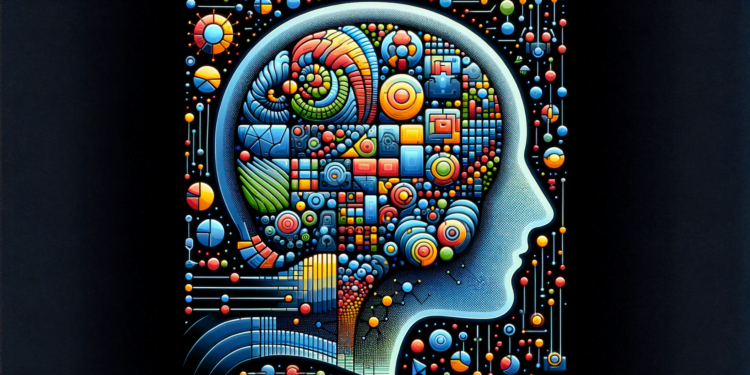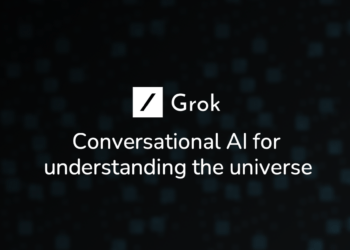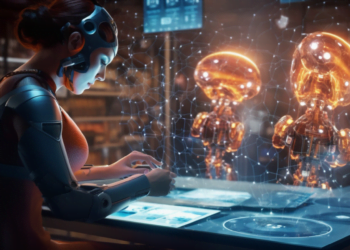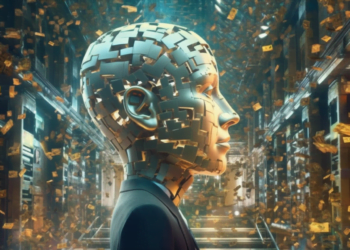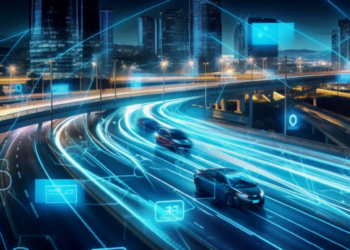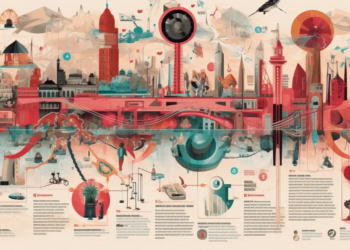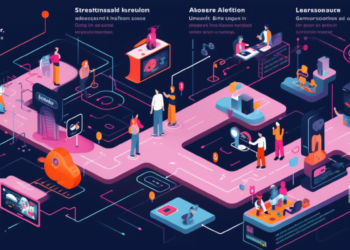Unsupervised learning is a fundamental branch of Artificial Intelligence, where models are trained using unlabeled or unclassified data. Unlike supervised learning, where models learn from examples with known answers, unsupervised learning seeks hidden patterns and intrinsic structures within data without prior annotations.
Introduction
The field of unsupervised learning is undergoing a significant innovation phase, with the emergence of new techniques and algorithms that expand its applications across different sectors like social network analysis, bioinformatics, computer vision, and anomaly detection, among others. These techniques allow machines to autonomously discover the patterns and features without human intervention, thus enabling new approaches in knowledge extraction.
Key Methodologies of Unsupervised Learning
Clustering
Clustering is one of the most well-known methods of unsupervised learning. Essentially, the goal is to divide a dataset into groups (clusters) so that the elements within a group are more similar to each other than to those in other groups. Some of the most well-known algorithms are K-Means, Hierarchical Clustering, and DBSCAN.
- K-Means: Ideal for data with spherical distributions. However, it requires specifying the number of clusters beforehand, which can be a limitation if the user does not know this number.
- Hierarchical Clustering: Generates dendrograms that allow the visualization of cluster formation and does not require a predetermined number of clusters, but can be computationally expensive.
- DBSCAN: Based on densities, it can identify non-spherical cluster shapes and discard noise points. It does not need a predefined number of clusters but is sensitive to the choice of its parameters.
Principal Component Analysis (PCA)
PCA is a statistical technique that transforms data into a new coordinate system, aiming for the greatest variance to be given by the first coordinate, the second greatest variance by the second coordinate, and so forth. This is useful for data reduction, visualization of data, and noise elimination.
Representation Learning (Autoencoders)
Autoencoders are neural networks trained to copy their input to their output. Their architecture consists of an encoding layer, which compresses the input into a latent representation, and a decoding layer, which reconstructs the input from the latent representation. Learning occurs by minimizing the reconstruction error. They are useful for feature learning and non-linear dimensionality reduction.
Practical Applications of Unsupervised Learning
Unsupervised learning opens doors to vast applications:
- Customer Segmentation: Clustering to identify different customer groups and customize marketing strategies.
- Genomic Analysis: PCA and clustering in bioinformatics to identify patterns in gene expression.
- Fraud Detection: Anomaly detection algorithms to identify atypical transactions that might be fraudulent.
- Image Compression: Autoencoders to reduce image size while maintaining essential features.
Innovations and Future of Unsupervised Learning
Recent advancements include the use of deep neural networks in unsupervised learning, which has created new horizons like Deep Clustering and Generative Adversarial Networks (GANs). These models are capable of generating new data that follow the distribution of the training data, with potential applications in artistic content creation and simulations.
Challenges and Future Directions
The main challenges of unsupervised learning lie in how to evaluate and validate the obtained results, as there is no clear “ground truth” as in supervised learning. Additionally, how models can handle high-dimensional data and real-time data streaming are active areas of research.
As for the future, we are likely to see advancements in algorithmic efficiency, better integration with supervised and semi-supervised learning, and greater adoption in real-world applications, especially those requiring the analysis of large volumes of unlabeled data.
Conclusion
Unsupervised learning is proving to be a versatile and powerful tool for uncovering complex patterns and gaining valuable insights from vast datasets. Its ongoing evolution is driving significant innovations in various fields, promising to continue redefining the boundaries of what artificial intelligence can achieve. Research in this area remains a fertile ground for future discoveries, always with the goal of unlocking a deeper understanding of the data that surrounds us.

